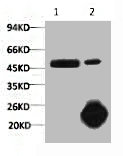Caspase 9 antibody [N2C3]
GTX112888
ApplicationsImmunoPrecipitation, Western Blot, ImmunoHistoChemistry, ImmunoHistoChemistry Paraffin
Product group Antibodies
TargetCASP9
Overview
- SupplierGeneTex
- Product NameCaspase 9 antibody [N2C3]
- Delivery Days Customer9
- Application Supplier NoteWB: 1:500-1:3000. IHC-P: 1:100-1:1000. *Optimal dilutions/concentrations should be determined by the researcher.Not tested in other applications.
- ApplicationsImmunoPrecipitation, Western Blot, ImmunoHistoChemistry, ImmunoHistoChemistry Paraffin
- CertificationResearch Use Only
- ClonalityPolyclonal
- Concentration0.55 mg/ml
- ConjugateUnconjugated
- Gene ID842
- Target nameCASP9
- Target descriptioncaspase 9
- Target synonymsAPAF-3, APAF3, ICE-LAP6, MCH6, PPP1R56, caspase-9, ICE-like apoptotic protease 6, apoptotic protease MCH-6, apoptotic protease activating factor 3, caspase 9, apoptosis-related cysteine peptidase, protein phosphatase 1, regulatory subunit 56
- HostRabbit
- IsotypeIgG
- Protein IDP55211
- Protein NameCaspase-9
- Scientific DescriptionThis gene encodes a member of the cysteine-aspartic acid protease (caspase) family. Sequential activation of caspases plays a central role in the execution-phase of cell apoptosis. Caspases exist as inactive proenzymes which undergo proteolytic processing at conserved aspartic residues to produce two subunits, large and small, that dimerize to form the active enzyme. This protein is processed by caspase APAF1; this step is thought to be one of the earliest in the caspase activation cascade. Alternative splicing results in two transcript variants which encode different isoforms. [provided by RefSeq]
- Storage Instruction-20°C or -80°C,2°C to 8°C
- UNSPSC12352203
References
- Chu YT, Chen BH, Chen HH, et al. Hypoxia-Induced Kidney Injury in Newborn Rats. Toxics. 2023,11(3). doi: 10.3390/toxics11030260Read this paper
- Lam HYP, Liang TR, Peng SY. Ameliorative effects of Schisandrin B on Schistosoma mansoni-induced hepatic fibrosis in vivo. PLoS Negl Trop Dis. 2021,15(6):e0009554. doi: 10.1371/journal.pntd.0009554Read this paper
- Chao YC, Lee KY, Wu SM, et al. Melatonin Downregulates PD-L1 Expression and Modulates Tumor Immunity in KRAS-Mutant Non-Small Cell Lung Cancer. Int J Mol Sci. 2021,22(11). doi: 10.3390/ijms22115649Read this paper
- Lam HYP, Chen CC, Chen TT, et al. Mitochondrial dynamics in Angiostrongylus cantonensis-infected mouse brain. Parasitol Int. 2021,80:102231. doi: 10.1016/j.parint.2020.102231Read this paper
- Lam HYP, Liang TR, Jiang SJ, et al. Albendazole-Schisandrin B Co-Therapy on Angiostrongylus cantonensis-Induced Meningoencephalitis in Mice. Biomolecules. 2020,10(7). doi: 10.3390/biom10071001Read this paper
- Lee CW, Chen HJ, Xie GR, et al. Djulis (Chenopodium Formosanum) Prevents Colon Carcinogenesis via Regulating Antioxidative and Apoptotic Pathways in Rats. Nutrients. 2019,11(9). doi: 10.3390/nu11092168Read this paper
- Tsai SL, Chang YC, Sarvagalla S, et al. Cloning, expression, and purification of the recombinant pro-apoptotic dominant-negative survivin T34A-C84A protein in Escherichia coli. Protein Expr Purif. 2019,160:73-83. doi: 10.1016/j.pep.2019.04.003Read this paper
- Lu CC, Chiang JH, Tsai FJ, et al. Metformin triggers the intrinsic apoptotic response in human AGS gastric adenocarcinoma cells by activating AMPK and suppressing mTOR/AKT signaling. Int J Oncol. 2019,54(4):1271-1281. doi: 10.3892/ijo.2019.4704Read this paper
- Lee CW, Chi MC, Chang TM, et al. Artocarpin induces cell apoptosis in human osteosarcoma cells through endoplasmic reticulum stress and reactive oxygen species. J Cell Physiol. 2019,234(8):13157-13168. doi: 10.1002/jcp.27986Read this paper
- Lee CF, Chiang NN, Lu YH, et al. Benzyl isothiocyanate (BITC) triggers mitochondria-mediated apoptotic machinery in human cisplatin-resistant oral cancer CAR cells. Biomedicine (Taipei). 2018,8(3):15. doi: 10.1051/bmdcn/2018080315Read this paper

![WB analysis of active 293 (lane 2) and inactive 293 cell lysate(lane 1) using GTX30245 Caspase 9 antibody [LAP6 96-2-22].](https://www.genetex.com/upload/website/prouct_img/normal/GTX30245/GTX30245_1377_WB_w_23060722_265.webp)
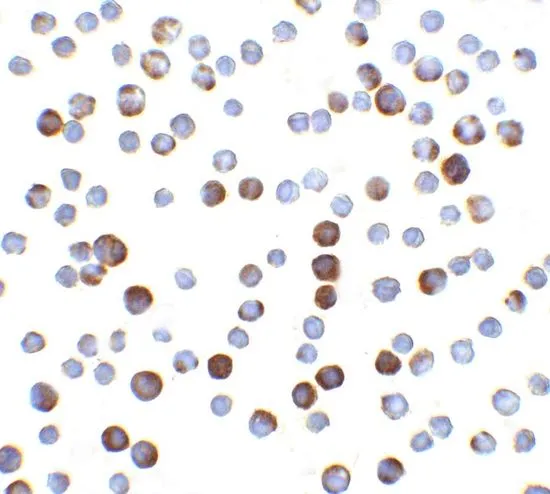
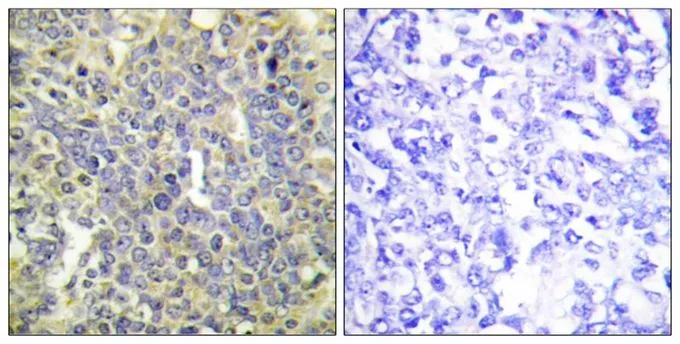
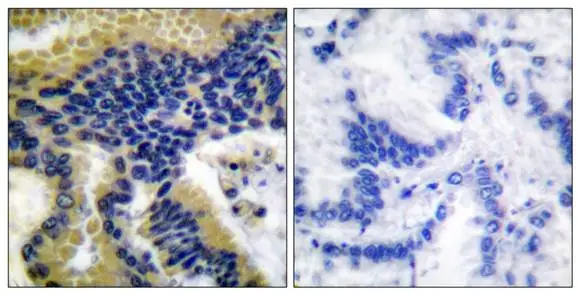
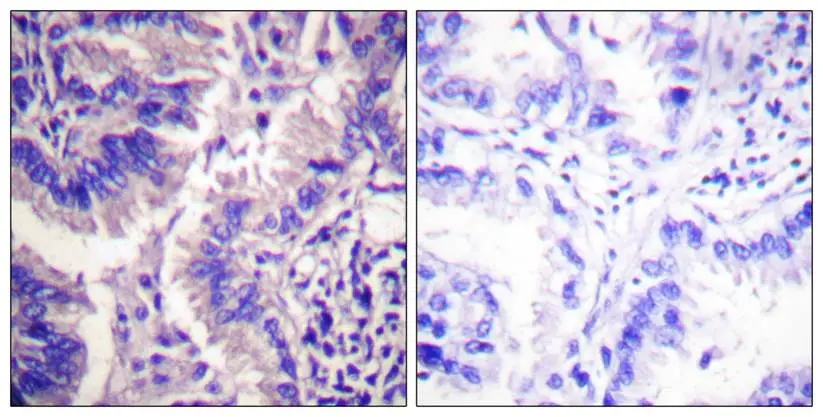
![IHC-P analysis of human stomach cancer tissue using GTX34168 Caspase 9 antibody [3-20]. Negative control (the lower left coner) was secondary antibody only. Antigen retrieval : Sodium citrate pH6.0 was used for antibody retrieval (>98oC, 20min) Dilution : 1:200](https://www.genetex.com/upload/website/prouct_img/normal/GTX34168/GTX34168_20200622_IHC-P_031_w_23060801_362.webp)
